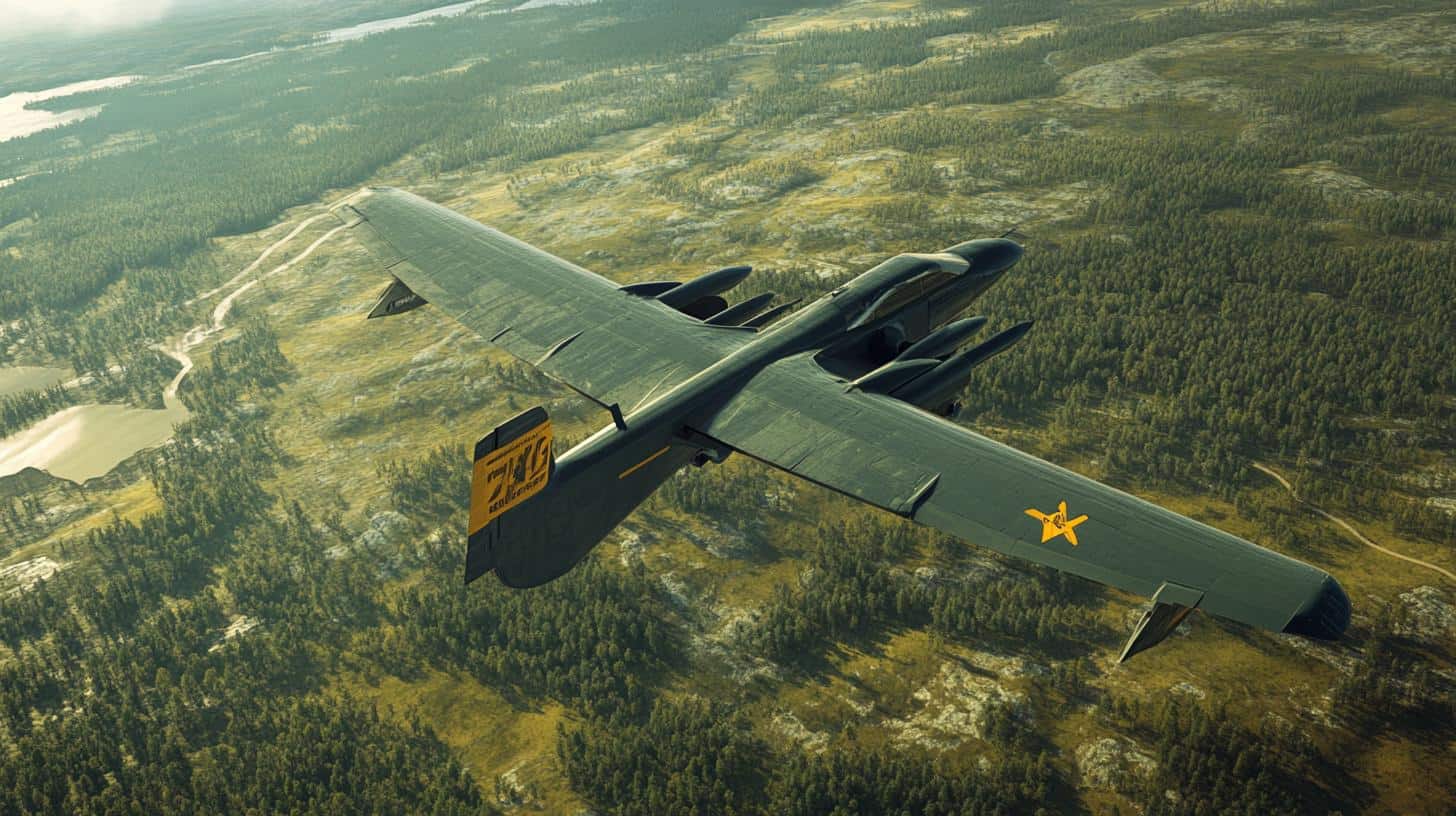Sweden Makes Bold Move in Military Cargo Transformation
In a groundbreaking announcement, Sweden has opted for the state-of-the-art C-390 Millennium from Brazilian manufacturer Embraer as its latest military cargo aircraft. This agreement marks a remarkable milestone as it is the first instance of a country in northern Europe acquiring the C-390.
Strategic Expansion for Embraer
Embraer has been diligently working to enhance its global footprint, and this new contract aligns perfectly with its strategic ambitions. By securing this agreement, the Brazilian firm’s defense division continues to penetrate the European market successfully.
Sweden Joins a New Alliance
The decision positions Sweden as the sixth European nation to incorporate this advanced aircraft into its fleet, joining the ranks of Austria, Czech Republic, Hungary, the Netherlands, and Portugal. This collective adoption signifies the aircraft’s growing reputation and reliability on the continent.
Strengthening International Ties
The acquisition not only marks a technological shift for Sweden but also strengthens diplomatic bonds between Brazil and Sweden. Embraer emphasized this aspect, reminiscing about past trade agreements where Brazil purchased Gripen fighter jets from Swedish company SAAB.
As the defense industries of both nations continue to collaborate, this deal represents a significant leap in fostering international military relations and cooperation.
How the C-390 Millennium Revolutionizes Global Military Logistics
The recent acquisition of the C-390 Millennium by Sweden underscores a pivotal moment in military logistics and has profound implications that extend beyond the strategic interests of a single nation. As militaries across the globe seek to modernize their fleets, the choice of aircraft is crucial in shaping future operations, diplomatic ties, and even influencing global market trends.
Implications for Sweden’s Military Readiness
The integration of the C-390 into Sweden’s arsenal is poised to enhance its defense capabilities significantly. As a versatile aircraft, the C-390 Millennium enhances rapid deployment capacity, enabling Swedish forces to respond more swiftly and effectively to crises. This is particularly important given Sweden’s unique geographical challenges, with vast distances and varied terrain, which the C-390’s advanced features are well-suited to navigate.
Economic and Social Impact
For Sweden, the introduction of the C-390 presents an opportunity to potentially stimulate the local economy. The deal may include partnerships with local aerospace firms and the transfer of technology, thus fostering innovation and creating job opportunities in the defense sector. Additionally, such military advancements can have a ripple effect across other industries, enhancing national prestige and technological prowess.
On the diplomatic front, the purchase signals robust and evolving ties with Brazil, moving beyond traditional alliances and showcasing a willingness to diversify military partnerships. This broadening of international collaboration can yield substantial political dividends in terms of enhanced bilateral negotiations and influence in international arenas.
Challenges and Controversies
However, the deal is not without its controversies. Critics argue that allocating significant resources to military capabilities detracts from other pressing societal needs, such as healthcare and education. Furthermore, the environmental impact of expanding military operations, including the carbon footprint of new aircraft, raises questions about sustainability commitments.
A potential concern is also the dependence on foreign technology for critical national security assets, which can pose risks in terms of operational self-reliance and data security. Sweden must weigh these risks carefully against the benefits of modernizing their fleet with cutting-edge technology from an international ally.
Why the C-390 Millennium?
The choice of the C-390 over other established aircraft types begs the question of what makes it an attractive option. The C-390 is celebrated for its flexibility, carrying capacity, and operational efficiency. Its ability to conduct both tactical and strategic airlift missions, including humanitarian aid, troop transportation, and firefighting, makes it a versatile tool in a nation’s inventory.
How do these factors measure up against traditional aircraft, such as the C-130 Hercules? While the C-130 has a long-standing history, the C-390 offers modern avionics and fuel efficiencies that align with 21st-century military requirements. This could indicate a shifting preference towards more innovative, cost-effective solutions in military planning.
Conclusion: Navigating the Future of Military Collaboration
Sweden’s decision to adopt the C-390 Millennium is a testament to the evolving paradigms in military strategic thinking, where efficiency, innovation, and international cooperation take precedence. As more countries evaluate their own military needs, the C-390’s influence in shaping global military logistics may rise, prompting new norms and expectations in military procurement.
Countries and communities must balance modern military advancements with broader social and environmental responsibilities. As they do so, partnerships like that between Sweden and Brazil could serve as models for navigating the complexities of 21-century global defense relations.
Further reading can be found at Embraer and SAAB.







